The Vertical SaaS Gold Rush: Why Non-Tech B2B Is Growing 250%+ Faster
SaaStr
JULY 4, 2025
The Numbers Tell the Story: Monday.com Q1 2025 : 30% growth, $282M revenue Asana 2024 : Single-digit growth, struggling with churn Mostly Same Product Category, Mostly Different Customers Both companies build “work management” software. The “productivity software” that seemed essential in 2021 is now getting cut.
















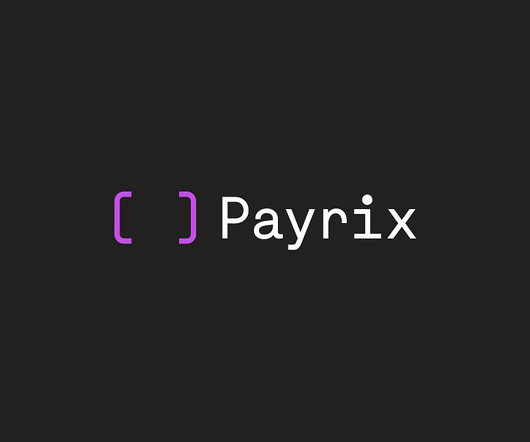





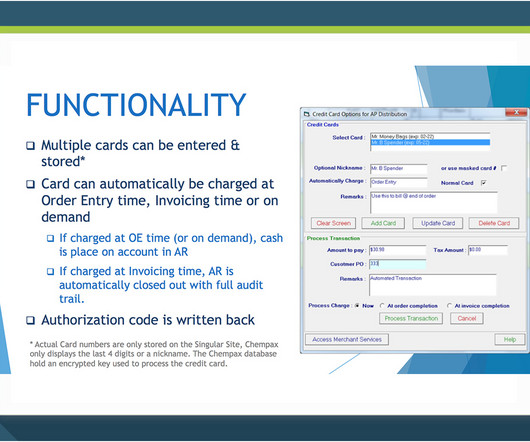


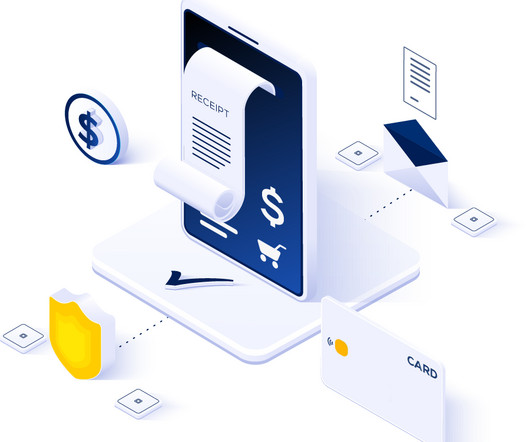


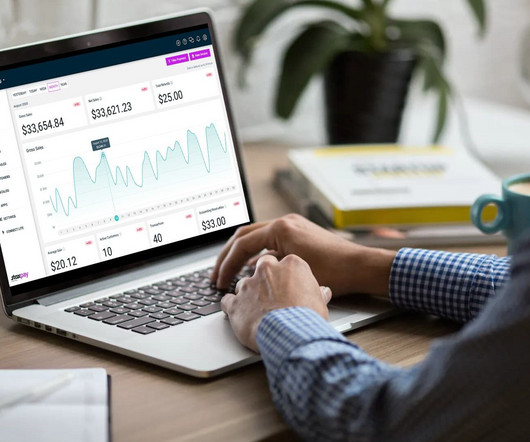

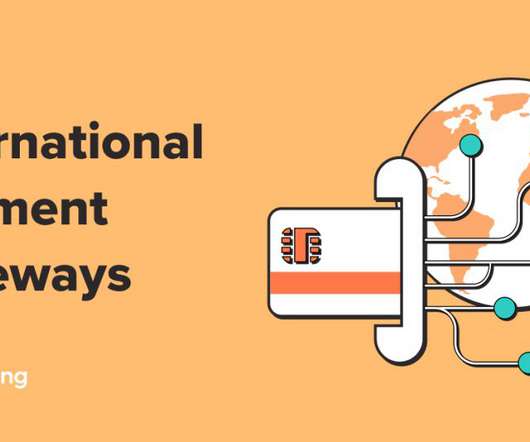
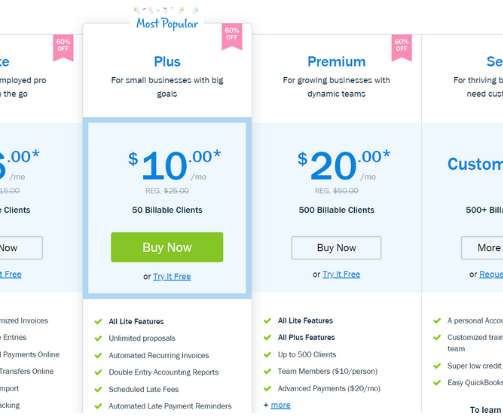
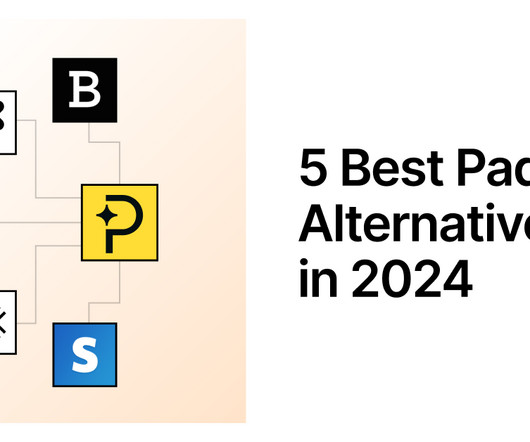

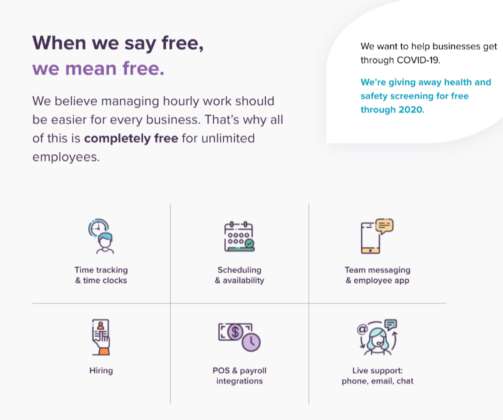



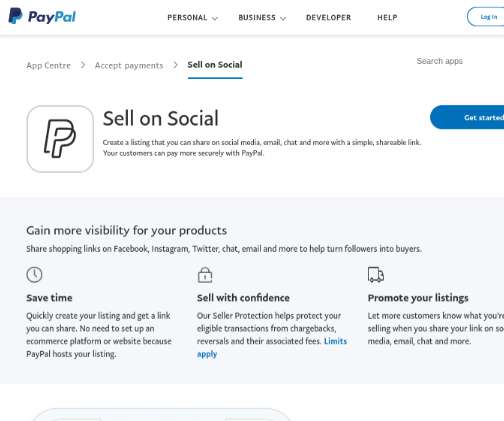
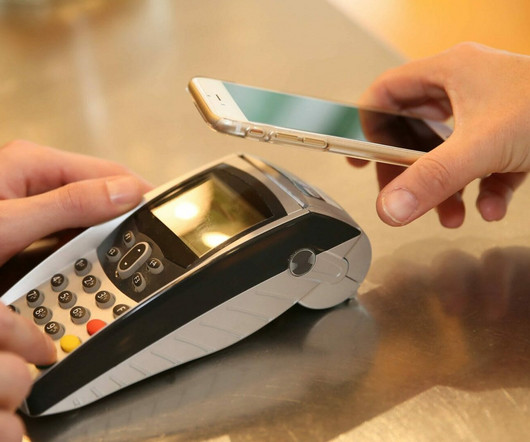
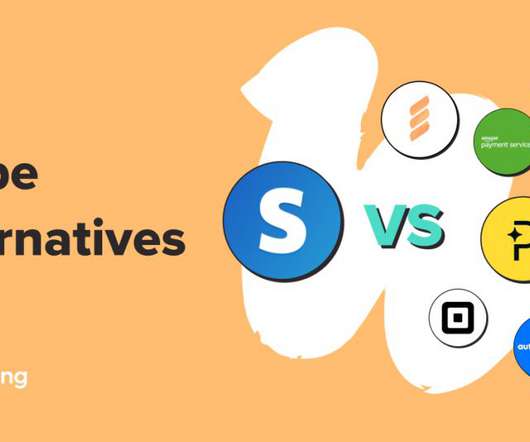












Let's personalize your content